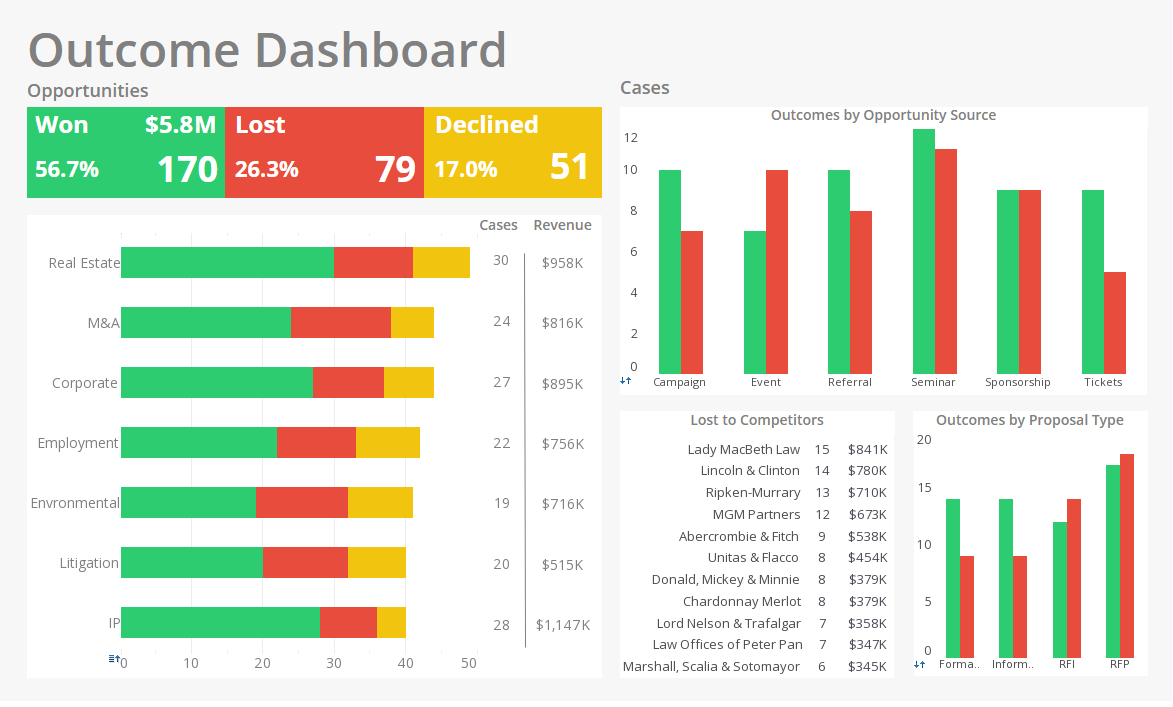Report Export Options
InetSoft's reporting software is an efficient report distribution platform with extensive report export options to suit differing needs. View the information below to learn more about the Style Intelligence solution.
The export menu on the viewer contains a list of all export file formats, including Excel, RTF, HTML, and others. For those three formats, there are two variations of output: one with report pagination, and another with no pagination.
It is possible to select a subset of the export formats to be included in the export menu. The export menu
option is accessed through the 'Presentation' > 'DHTML' > 'Export Menu Options' node on the navigation
tree.
Options can be set to control how and where to display reports.
| #1 Ranking: Read how InetSoft was rated #1 for user adoption in G2's user survey-based index | Read More |
Windows and Frames
The 'Page Frame Name' property allows the user to specify the frame in which the report pages show up, in cases where frames are being used. This option is most useful when a user wants to embed the Portal tree in their own customized interface. A user can follow the procedure listed below to embed the Portal tree in their own customized html page with frames.
- Specify the target frame name in which to show the report pages, for example, 'MyPage'. This is done by setting the 'Page Frame Name' property to “MyPage”.
- Create an html page with contents similar to the following example.
- Deploy the customized html page to the web server and use it to access the repository tree.
<html>
<head>
<title>Embedding Portal tree in my own html page</title>
</head>
<frameset name='mySet' cols='25%,*' frameborder='no' border='0' framespacing='2'>
<frame name='repository' scrolling='auto' src='http://
{host}{:port}/{repositoryservlet}?op=embeddedTree'/>
<frame name='MyPage' scrolling='auto' src=''/>
</frameset>
</html>
What KPIs Are Tracked in a Shrink Management Report?
Shrink management refers to the strategies and efforts undertaken by retailers to reduce inventory shrinkage, which includes losses due to theft, damage, errors, and other causes. Tracking key performance indicators (KPIs) in a shrink management report helps retailers assess the effectiveness of their loss prevention measures and identify areas for improvement. Here are some common KPIs tracked in a shrink management report:
-
Shrinkage Rate: The shrinkage rate measures the percentage of inventory lost or unaccounted for during a specific period, typically calculated as the difference between the value of goods on hand and the expected value based on sales and purchases. Monitoring the shrinkage rate helps retailers quantify the extent of inventory loss and evaluate the success of shrink management efforts over time.
-
Stock-to-Sales Ratio: The stock-to-sales ratio compares the value of inventory on hand to the value of sales made during the same period. A high stock-to-sales ratio may indicate overstocking, which increases the risk of shrinkage due to theft or damage. By monitoring this ratio, retailers can adjust inventory levels to minimize shrinkage while ensuring adequate product availability to meet customer demand.
-
Inventory Accuracy: Inventory accuracy measures the percentage of inventory records that match the actual physical inventory count. Discrepancies between recorded inventory levels and actual inventory counts can lead to shrinkage, as missing or misplaced items may go unnoticed. Tracking inventory accuracy helps retailers identify discrepancies early on and implement corrective actions to improve inventory control processes.
-
Employee Theft Incidents: Employee theft incidents refer to instances where employees steal merchandise or engage in fraudulent activities that result in inventory shrinkage. Monitoring the number and frequency of employee theft incidents helps retailers identify patterns, deter future incidents, and implement measures to prevent internal theft.
-
Customer Theft Incidents: Customer theft incidents involve theft or shoplifting by customers, which can contribute significantly to inventory shrinkage. Tracking the number of customer theft incidents, as well as the value of stolen merchandise, helps retailers identify high-risk areas or products, implement security measures, and train staff to prevent theft.
-
Damaged or Spoiled Goods: Damaged or spoiled goods can result in inventory shrinkage if they cannot be sold or salvaged. Tracking the quantity and value of damaged or spoiled goods helps retailers identify root causes, such as improper handling or storage, and implement measures to reduce losses due to damage or spoilage.
-
Return Fraud Rate: Return fraud occurs when customers attempt to return stolen or counterfeit merchandise for a refund or store credit. Monitoring the return fraud rate helps retailers detect suspicious return patterns, verify the authenticity of returned items, and implement policies and procedures to prevent return fraud.
| Previous: Report Toolbar Options |
Next: Report PDF Generation
|
